Category: Shoulder
-
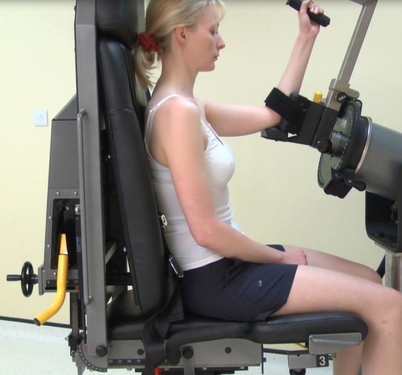
Shoulder Rotation
In recent years the most popular isokinetic test in the shoulder has been internal/ externalrotation (with modified seated in the scapular plane being the most popular). The main reason this test has become so popular is the open chain nature of shoulder motions. Most movements around the shoulder in everyday life, and in fact sport,…
-
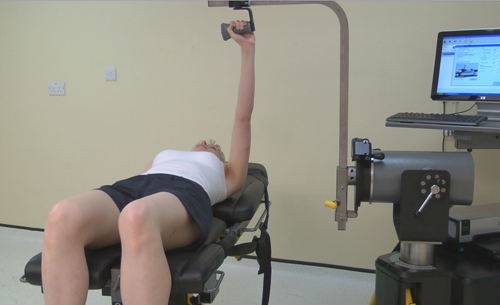
Shoulder Flexion / Extension
There are currently no standard examination positions for flexion and extension of the shoulder. During the movements of the gleno-humeral joint there are always relative movements within the scapulo-thoracic junction. These are usually described as fitting a set of established normal patterns. These must be considered when testing the shoulder. When testing or exercising the shoulder…
-
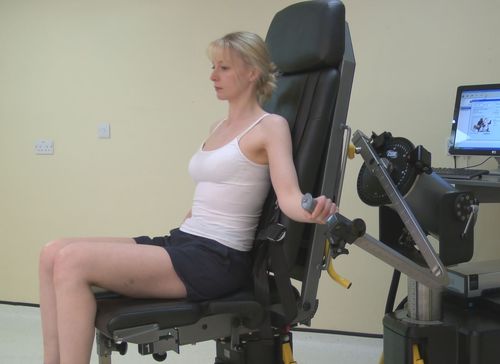
Shoulder Abduction / Adduction
These movements can be performed in either the standing or seated positions. There are currently no standard examination positions for abduction and adduction of the shoulder. During the movements of the gleno-humeral joint there are always relative movements within the scapulo-thoracic junction. These are usually described as fitting a set of established normal patterns. These must be considered…
-
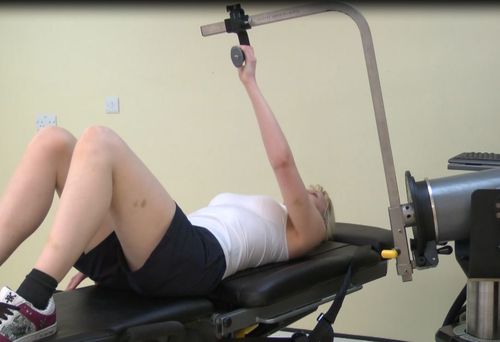
Shoulder Diagonals
There are two main diagonal patterns available on isokinetic machines. They mimic the proprioceptive neuromuscular patterns (PNF). The two movements are: PNF 1: Extension / abduction / external rotation to flexion / adduction / internal rotation PNF 2: Flexion / abduction / external rotation to extension / adduction / internal rotation These movements can be performed in either…
-
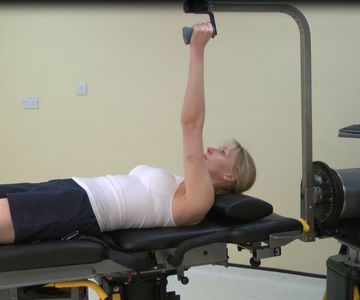
Shoulder Horizontal Abduction / Adduction
These movements can be performed in either the lying or seated positions. There are currently no standard examination positions for horizontal abduction and adduction of the shoulder. During the movements of the gleno-humeral joint there are always relative movements within the scapulo-thoracic junction. These are usually described as fitting a set of established normalpatterns. These must be considered when…